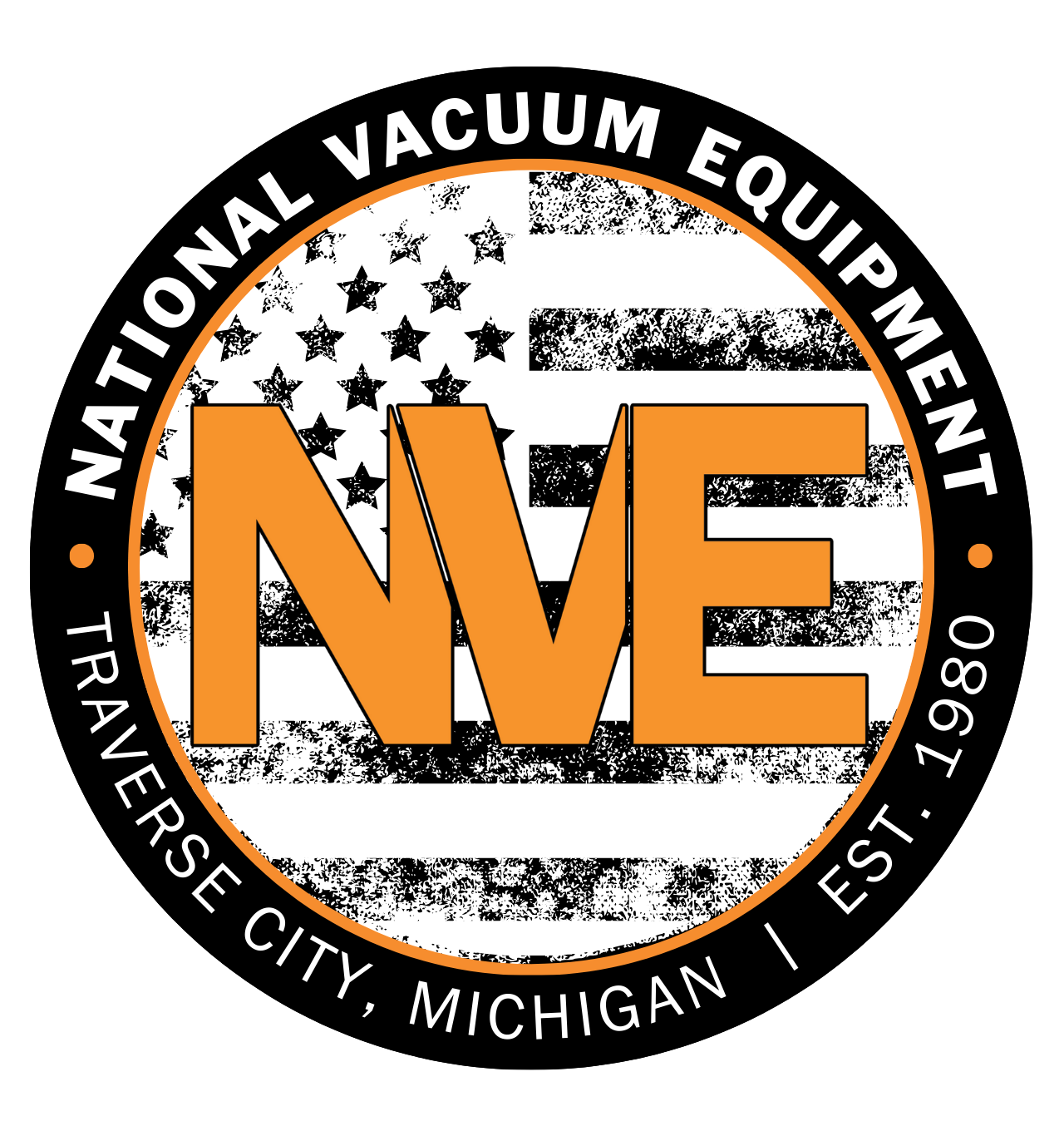
City Commissioners To Talk Dams Project, Carnegie Building
By Beth Milligan | Oct. 6, 2018
Heavy rains in August and September more than doubled the flow rate of the Boardman River in Traverse City, dumping heavy sediment that is now visible on the south end of Boardman Lake. Traverse City commissioners will get the latest on that and other Boardman River Dams Project updates at their 7pm meeting Monday – a meeting that will also include discussion about repairs needed at the city-owned Carnegie Building.
Amy Beyer of the Conservation Resource Alliance will present an update to commissioners on the dams project, including the most recent phase of work at the Sabin Dam site off Cass Road. According to a memo authored by Beyer and other project team members, the removal of Sabin Dam – which began in late July – is now complete, with the above-ground powerhouse structure also recently removed. Sabin pond has been drawn down nine feet, the report states. An estimated 103,000 cubic yards of sediment is expected “to be managed under this project to recreate a mile of river and surrounding floodplain,” the report continues. “As of late September, almost half of this sediment has been excavated.”
Sediment is of particular interest to team project members, who are now closely monitoring the river after rain events in Grand Traverse County “more than doubled the flow of Boardman River from 200 cubic feet per second to a spike of 590 cubic feet per second, accelerating the sediment transport to Boardman Lake,” the memo states. The sediment – comprised of a mixture of silt, muck, and sand – is now visible at the south end of Boardman Lake. Calling the area an “active river mouth,” team members compared the zone to “where the Pere Marquette River enters Pere Marquette Lake and where the Manistee River enters Manistee Lake.”
“The project team understands that the current changes in Boardman Lake may be noticed by residents and visitors, and asks for patience as natural forces and time work to return the lake and river to its normal clarity,” the team wrote.
According to the report, four locations between Sabin Dam and the South Airport Road river crossing are being “actively monitored by project partners for movement of sediments.” The sediment is “moving as expected,” with no anticipated impacts on river function between the dam and the culverts. The project team is expected to provide an update Monday on “current funding and costs” for the Sabin phase of the project, and will also share the latest on the first phase of work at the former Boardman Dam site. At least $9 million has been spent to date on that phase of the project, with contractors still working this fall on seeding and placement of in-stream wood to address bank erosion concerns in three locations. Some additional plantings and erosion control methods will be implemented in spring 2019 near the former Boardman Dam property, according to project documents.
The final phase of the Boardman River Dams Project calls for installing an experimental fish passage system called FishPass in downtown Traverse City. The estimated $18-22 million system will replace the deteriorating Union Street Dam and provide scientific research on controlling invasive species while also introducing new landscaping elements, canoe and kayak portage options, and a public educational center to the property site. Engineering on the project is underway now, with construction potentially beginning as soon as 2019.
City commissioners Monday will also discuss the status of the city-owned Carnegie Building on Sixth Street, including potential repairs needed to the facility. Acting City Manager Penny Hill intends to provide the commission with an overview of the building including “its history of ownership and use, revenues and expenses, and recommended improvements and upgrades to be made." The building, which was first donated to Traverse City by Andrew Carnegie in 1901 for use as a public library – with founding father Perry Hannah donating the land for the facility – now serves as the home of Crooked Tree Arts Center’s Traverse City location.
According to documents provided by Hill, Traverse City takes in approximately $43,500 in revenue from the Carnegie Building annually, including $39,300 from Crooked Tree’s lease, $1,200 from a Grand Traverse Rock & Mineral Club lease, and $3,000 from the Festival of Trains event held in the building. Crooked Tree’s lease, which expires in 2025, will increase to $46,000 in 2020. But the city still continues to operate at a loss on the property, with expenses – including insurance, cleaning, utilities, maintenance, and storage of a portion of the city’s Con Foster collection – totaling approximately $62,200 annually. Hill notes that several repairs have also been recommended for the aging facility, with those capital costs requiring further city funds.
Some of those repairs could prove to be expensive: The list includes items like analyzing the sanitary sewer line (which experiences frequent backups), adding gutter systems to the rear of the building, removing the building’s non-functional brick chimney, replacing windows, analyzing the floor drainage system, and making energy efficiency upgrades, including potentially to the HVAC system. In addition to potential repair projects at the Carnegie Building, commissioners Monday will also discuss the city’s Con Foster collection, which includes approximately 6,000 to 10,000 historical items – including numerous larger items stored on-site in the building.
According to Hill, “approximately 3,000 (items in the Con Foster collection) are Native American in nature,” requiring their deaccessioning to comply with the federal Native American Graves and Repatriation Act. Hill notes that the processing of those items is still being reviewed. “There is no deadline for compliance with NAGPRA,” she wrote to commissioners. “It is an ongoing process.” Hill also adds that while some of the other Con Foster collection items “are not relevant to the Traverse City area or its heritage,” many others are – requiring the city to at some point determine if and/or how it wants to preserve those items long-term.
Pictured: Excavation work at the Sabin Dam site
Comment






